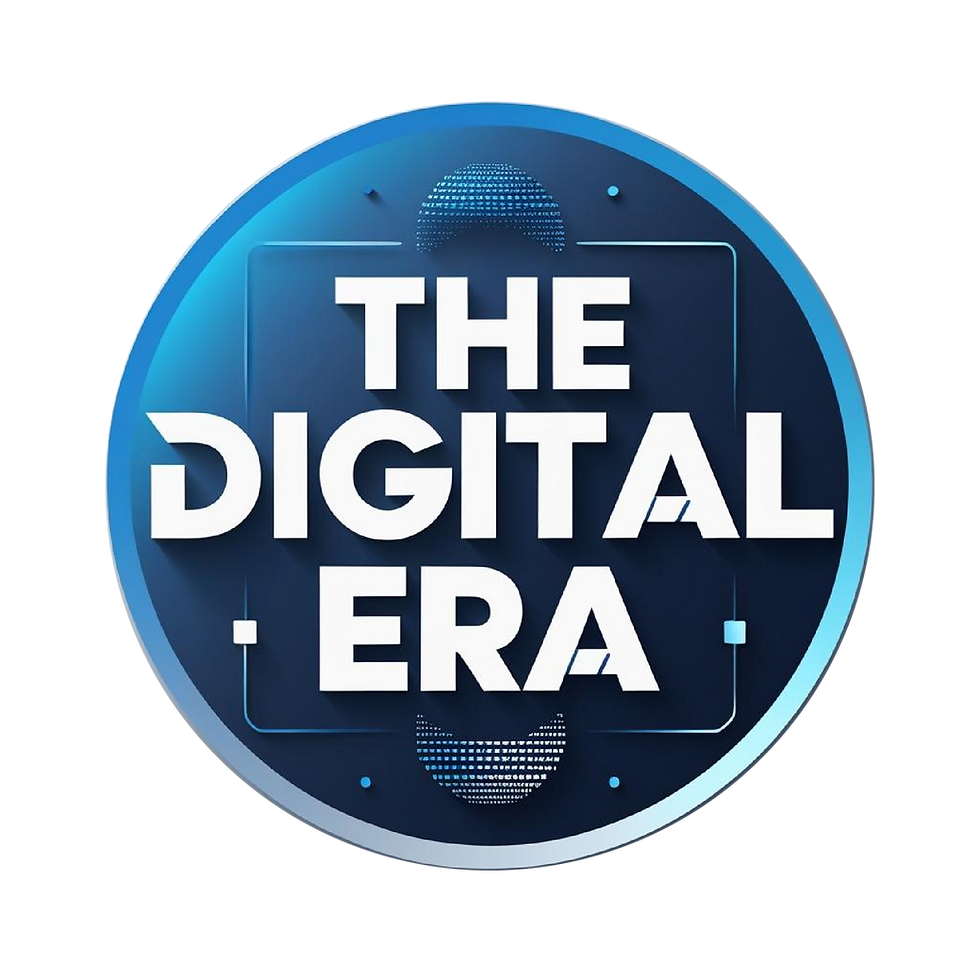Microlearning: The Future of Education in 2025
- Ava Collins
- Sep 12
- 4 min read
Updated: Sep 14
Education is evolving faster than ever before. The traditional model of long lectures, thick textbooks, and years of formal study is slowly giving way to a new, modern approach: microlearning. With the rise of digital platforms, changing workforce demands, and shrinking attention spans, microlearning has emerged as one of the most effective ways to acquire skills quickly and efficiently.

As we move into 2025, microlearning is no longer a trend—it’s becoming the backbone of professional education and workplace training. In this blog, we’ll explore why microlearning is the future of education, its key benefits, and how it’s transforming the way we learn and work.
What is Microlearning?
Microlearning is a teaching approach that delivers knowledge in small, digestible chunks rather than long, drawn-out lessons. Instead of sitting through hour-long lectures, learners engage with short modules—often lasting 3–10 minutes—that focus on one specific skill or concept.
Examples of microlearning include:
Quick video tutorials
Infographics and flashcards
Short quizzes and assessments
Mobile-based learning apps
Gamified skill-building exercises
The core idea is simple: people learn better when content is short, focused, and easy to apply.
Why Microlearning is Booming in 2025
Several factors have fueled the rapid growth of microlearning:
Busy lifestyles: Professionals don’t have hours to spend on traditional courses. Microlearning fits into short breaks or commutes.
Digital revolution: Smartphones, apps, and AI tools make microlearning accessible anytime, anywhere.
Workforce demand: Companies now value skills over degrees and need quick upskilling solutions.
Attention economy: With social media shaping short attention spans, bite-sized content feels natural to learners.
#1: Short, Bite-Sized Learning = Faster Skills
Long training sessions often overwhelm learners. Microlearning, on the other hand, focuses on one skill at a time.
Benefits of bite-sized learning:
Improved retention: Learners remember information better when it’s presented in small chunks.
Faster skill application: A 5-minute tutorial on Excel shortcuts is easier to apply immediately than a 2-hour class.
Flexible consumption: Learners can choose topics that matter most to them and learn at their own pace.
💡 Pro Tip: Break down your learning goals into smaller milestones. Instead of “become good at data analytics,” start with “learn pivot tables today.”
#2: Mobile-First Learning Apps Are Dominating
In 2025, mobile learning apps are the powerhouse of education. Platforms like Duolingo, Coursera, and LinkedIn Learning have proven that people prefer to learn on-the-go.
Why mobile-first matters:
Anytime access: Professionals can learn during commutes, breaks, or downtime.
Interactive design: Push notifications, gamification, and daily challenges keep learners engaged.
Global reach: Anyone with a smartphone can access high-quality learning resources, breaking barriers of geography and cost.
With smartphones becoming the default device for education, mobile-first microlearning ensures that knowledge is always in your pocket.
#3: AI-Based Personalized Learning Paths
Artificial Intelligence (AI) is revolutionizing microlearning by offering personalized learning experiences.
How AI enhances learning:
Adaptive content: Based on quiz performance, AI adjusts the difficulty level for each learner.
Personalized recommendations: Suggests modules based on career goals and interests.
Real-time feedback: Instant corrections and tips improve learning speed.
Data-driven insights: Tracks progress and highlights areas of improvement.
AI ensures that no two learners have the same journey. Instead of one-size-fits-all, microlearning in 2025 is all about customization and efficiency.
#4: Skill-Based Certifications > Degrees
Employers are shifting focus from formal degrees to skill-based certifications. Microlearning platforms now offer quick, industry-recognized certifications that validate specific competencies.
Why skill certifications matter more today:
Faster career growth: Professionals can add new skills without waiting years for a degree.
Affordable education: Certifications cost far less than traditional college programs.
Employer preference: Companies care about “Can you do the job?” rather than “Do you have a degree?”
Continuous learning: Skills need constant upgrading in today’s fast-changing industries.
💡 Pro Tip: Focus on certifications in high-demand fields like data analytics, AI, digital marketing, and project management to stay competitive in 2025.
#5: Fits into Busy Professional Lifestyles
One of the biggest reasons microlearning is booming is its compatibility with modern work-life balance. Professionals don’t have the time—or patience—for lengthy courses.
Why it fits perfectly:
Time-efficient: Learn a new skill in under 10 minutes a day.
Flexible schedules: Pause, rewind, or resume lessons anytime.
Stress-free learning: No pressure of exams or deadlines, just progress at your own pace.
Workplace integration: Many organizations now embed microlearning into daily workflows for continuous upskilling.
Microlearning is not just convenient—it’s sustainable learning for a generation that’s always on-the-move.
The Future of Microlearning Beyond 2025
Looking ahead, microlearning is expected to integrate even deeper into education and corporate training. Trends include:
Virtual Reality (VR) & Augmented Reality (AR): Immersive simulations for real-world skill practice.
Gamified learning environments: Earning points, badges, and rewards to stay motivated.
Voice-based learning assistants: Learning through smart speakers and AI tutors.
Global collaborations: Peer-to-peer learning across borders through micro-courses.
The future of education is fast, flexible, and focused—and microlearning is at the center of it.
FAQs on Microlearning
1. Is microlearning effective for complex subjects?Yes. Even complex topics can be broken down into smaller lessons, making them easier to digest and retain.
2. Can microlearning replace traditional education?Not entirely. Degrees still matter for certain fields, but microlearning complements them by providing quick, skill-specific training.
3. How long should a microlearning lesson be?Ideally 3–10 minutes. Long enough to teach one concept, short enough to avoid overload.
4. Is microlearning only for professionals?No. Students, hobbyists, and anyone looking to upskill can benefit from short, focused lessons.
Final Thoughts
As we step into 2025, microlearning is shaping the future of education. Its bite-sized format, mobile-first design, AI personalization, and skill-based certifications make it the perfect solution for today’s fast-paced world.
Whether you’re a student, a working professional, or a lifelong learner, adopting microlearning can help you acquire skills faster, stay competitive, and fit education into your busy lifestyle.
📚 The classroom of the future is in your pocket—and it’s called microlearning.




Comments